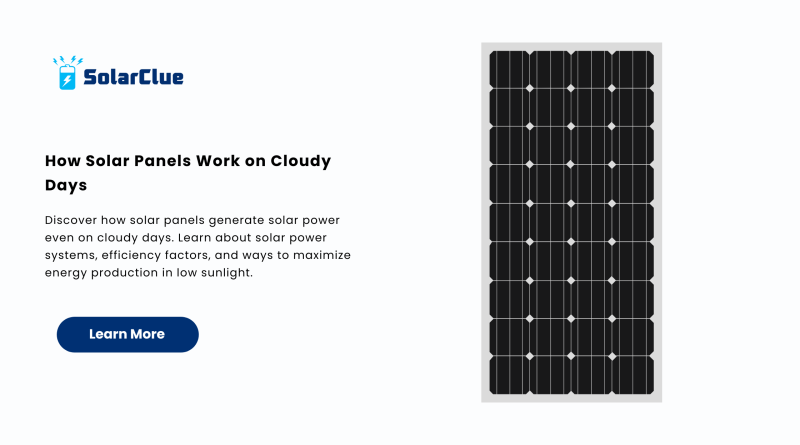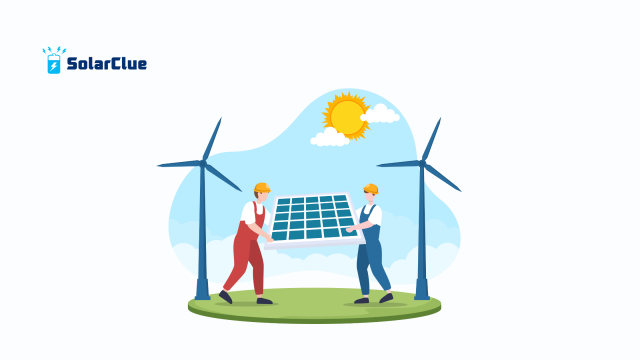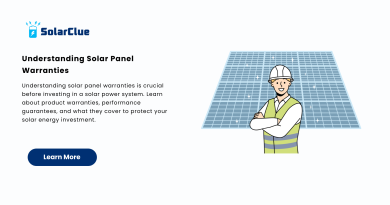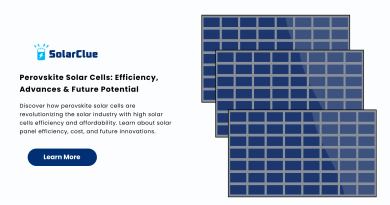How Solar Panels Work on Cloudy Days
Many people think solar panels only work under a bright, sunny sky. But the truth is, solar power systems can still generate electricity even on cloudy days. While direct sunlight produces the highest output, modern solar technology ensures you’re not left powerless when the sky turns grey. Let’s explore how solar panels keep producing energy, what affects their efficiency, and how you can get the most from your system all year round.
Table of Contents
- 1 Understanding How Solar Panels Generate Power
- 2 Do Solar Panels Need Direct Sunlight?
- 3 Factors Affecting Solar Panel Efficiency on Cloudy Days
- 4 Technology That Helps on Cloudy Days
- 5
- 6 Maximizing Solar Energy Production in Cloudy Weather
- 7 Cloudy Day vs. Night – What’s the Difference?
- 8 Benefits of Solar Power Even in Cloudy Regions
- 9 FAQs
Understanding How Solar Panels Generate Power
Solar panels work by converting sunlight into electricity through photovoltaic (PV) cells. These cells capture light particles, called photons, and trigger an electric current. Even when it’s cloudy, sunlight still penetrates the clouds, allowing PV cells to work—just at a reduced efficiency.
On average, solar power production on cloudy days ranges between 10% and 25% of what you’d get on a sunny day, depending on cloud thickness and quality of the panels.
Do Solar Panels Need Direct Sunlight?
No. Solar panels need light, not heat, to produce energy. Direct sunlight gives the best results, but diffused sunlight—light scattered by clouds—still contains enough photons to generate electricity. This is why countries with frequent cloudy weather, like Germany, are still global leaders in solar energy production.
Factors Affecting Solar Panel Efficiency on Cloudy Days
-
Cloud Thickness – Thicker clouds block more light, reducing solar power generation.
-
Panel Quality – High-efficiency solar panels can capture more light in low-light conditions.
-
Angle & Orientation – Proper positioning helps maximize available sunlight.
-
Temperature – Surprisingly, cooler cloudy days can sometimes help maintain panel performance because extreme heat can slightly lower efficiency.
Technology That Helps on Cloudy Days
Modern solar power systems use advanced technology to maintain output when sunlight is limited:
-
Monocrystalline Panels – These have higher efficiency and perform better in low-light conditions compared to polycrystalline panels.
-
Microinverters – Optimize each panel individually, ensuring one shaded or low-output panel doesn’t affect the whole system.
-
Bifacial Panels – Capture light from both sides, including reflected light from surroundings.
Maximizing Solar Energy Production in Cloudy Weather
Even if clouds are blocking the sun, you can still optimize your system:
-
Regular Cleaning – Dust and dirt reduce efficiency; keep panels clean.
-
Battery Storage – Store excess energy generated during sunny days to use later.
-
Net Metering – Sell excess electricity back to the grid and draw from it when needed.
-
Professional Installation – Ensure your system’s orientation and tilt are optimized for year-round production.
Cloudy Day vs. Night – What’s the Difference?
While solar panels can still generate electricity on cloudy days, they do not produce energy at night. To ensure power supply after sunset, homeowners use:
-
Battery storage systems
-
Hybrid systems connected to the grid
-
Backup generators
Benefits of Solar Power Even in Cloudy Regions
-
Lower Energy Bills – Even reduced solar power can offset electricity costs.
-
Sustainable Energy – Reduces reliance on fossil fuels.
-
Energy Independence – Less affected by grid failures during storms.
FAQs
Q1: How much solar power can panels generate on a cloudy day?
A1: On average, between 10% to 25% of their sunny-day output, depending on cloud density and panel quality.
Q2: Do I need special solar panels for cloudy areas?
A2: Not necessarily, but high-efficiency monocrystalline panels perform better in low-light conditions.
Q3: Will a solar power system still save money in a cloudy climate?
A3: Yes. Even with reduced output, solar power systems can significantly cut electricity bills over time.
Q4: Can solar panels work without direct sunlight?
A4: Yes. They use visible light, which still reaches the Earth through clouds.
Q5: What’s the best way to ensure power during cloudy weeks?
A5: Pair your solar power system with battery storage and net metering for consistent supply.
Even on cloudy days, solar panels prove that renewable energy isn’t just for sunny climates. With the right technology and setup, you can enjoy reliable solar power year-round while reducing electricity costs and supporting a greener future. To explore more about solar solutions that work in all weather conditions, visit solarclue.com or check our blog at blog.solarclue.com for expert insights.




